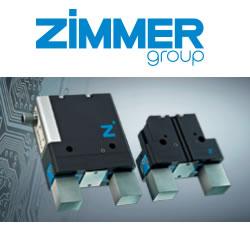IR Imaging Camera aids quantitative biological event assessment.
Harvard Apparatus has developed a new way to utilize infrared imaging technology to allow clear visualization of histological, physiological, morphological and metabolic phenomena down to the cellular level.
This economical, easy-to-use camera allows you to visualize events that are difficult to see in the visible light spectrum such as:
Physiological and metabolic changes in live tissue
Levels of hydration and vascularization in tissue and organs
Contrast of physical features with no or poor visible contrast
Application of therapeutic agents through injection or aerosol
Perfusion paths in organs and microfluidic chips
This technology permits quantitative assessment and viewing of biological events that, until now, have relied on subjective observations.
Used like a digital camera, IRCI has been employed as a high-sensitivity, relatively low-cost method in many applications where visible examination reveals little information.
This is accomplished by detection of infrared emission which is influenced in a predictable way by surface composition, texture, chemical make-up, thickness, tonicity and temperature.
The emissions are interpreted as distinct color patterns on the reported image, clearly identifying both physical and physiological features that cannot be seen with the naked eye or with visible spectrum imaging.
Because IRCI utilizes natural ambient IR emission energies radiated by any object, it is particularly well suited to sensitive physiological and regenerative medicine preparations where cells and tissue may be damaged by exposure to contrast agents or certain light frequencies.
Harvard Apparatus is a global developer, manufacturer and distributor of innovative and specialized products to enhance bioresearch.
Featured Product

Zimmer Group - THE PREMIUM GRIPPER NOW WITH IO-LINK
IO-Link is the first standardized IO technology worldwide for communication from the control system to the lowest level of automation.
